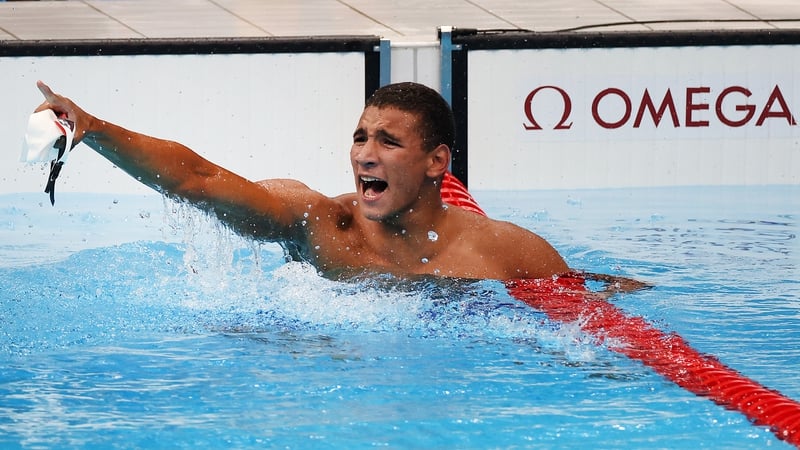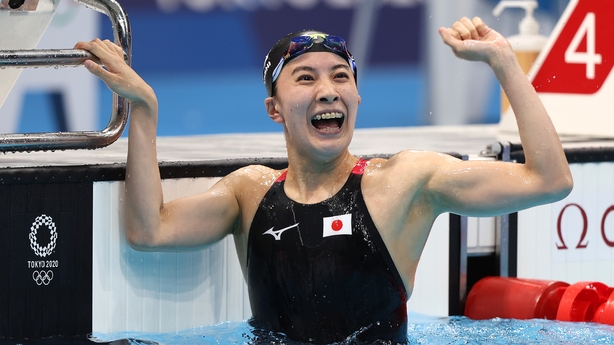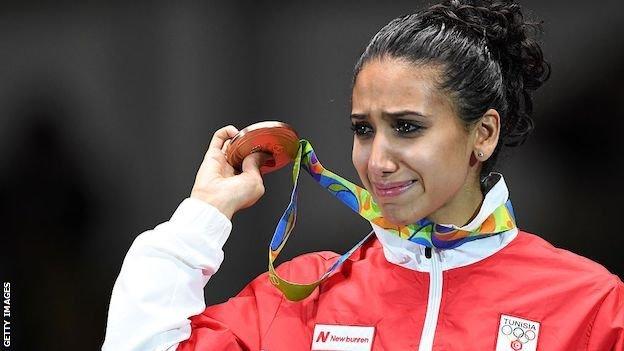NOVA SCOTIA #LGBTQ2
First two-spirit candidate joins provincial election; doubles number of Mi'kmaq running to two
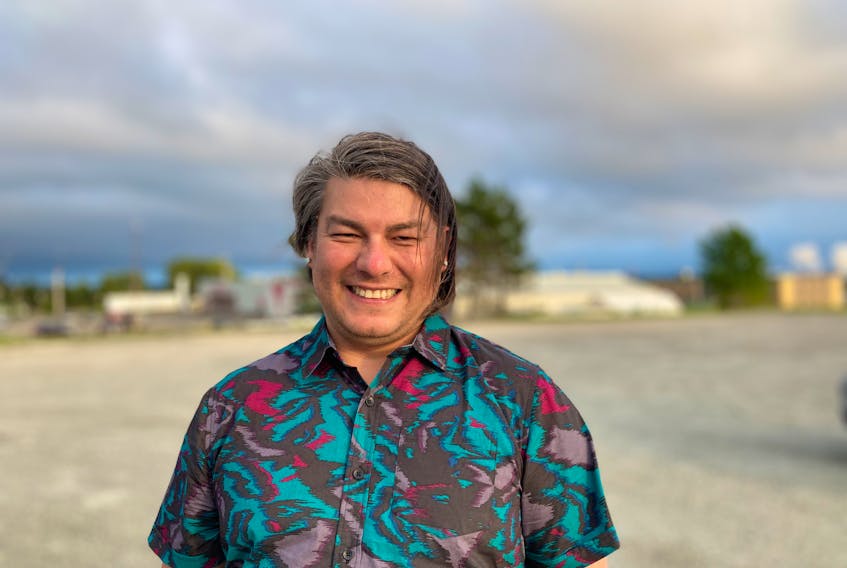
SYDNEY — It's been a whirlwind for Bryson Syliboy since he decided to run for the seat in his riding of Richmond in Cape Breton last week.
"It's been awesome," said the 40-year-old grassroots activist, who is the first Mi'kmaw two-spirit candidate to run in a provincial election. A win would make him the first Mi'kmaw MLA to sit in the House of Assembly in Nova Scotia's history.
"I've been thinking for a couple of years to try politics and try my luck with it. It's something I have a passion for — changing the ways we live here for the better," he said.
Syliboy, a descendant of residential school survivors, said reconciliation, and helping to make that happen, is a priority for him, in addition to health care in rural areas, affordable housing and raising the minimum wage to $15 an hour.
"A lot of people in rural Nova Scotia live below the poverty line, and being an Indigenous person and a member of the two-spirit LGBTQ community, it's good that I get out there and be representative for our constituents," he said.
"They need to see people like them in places of politics."
Syliboy, who is running for the NDP, said the party's priorities around poverty reduction and diversity align with his own passions and made it a good fit for him. He is running against Matt Haley for the Liberals, Trevor Boudreau for the Progressive Conservative Party, and Alana Paon, who is seeking re-election as an Independent.

INCLUDES POTLOTEK
Richmond, one of four exceptional electoral districts re-instated for this election to increase Acadian and African Nova Scotian representation in the Nova Scotia Legislature, is a rural riding that runs along the southeastern coast of Cape Breton from Framboise to Point Tupper, including Potlotek First Nation. In the previous election, it was part of Cape Breton-Richmond, which had just under 11,000 voters and was won by Paon, who ran as a PC but was later kicked out of the party. Her victory unseated Michel Samson of the Liberals, who held that seat for almost 20 years. The riding now has 7,400 electors.
"The voters here are very diverse — we have an Acadian population, we have a Mi'kmaw population — a have a lot of different people, and a lot of the population are aging so healthcare is definitely a big, big issues for them because we only have one little hospital here and sometimes it closes," said Syliboy, who currently works as the aquatics coordinator for the Town of Port Hawkesbury.
FIRST MI'KMAW
Syliboy is the second Mi'kmaw candidate to announce they are running for a seat in the legislature. Nadine Bernard, who grew up in We'koqma'q First Nation and is a band member in Eskasoni First Nation, is running for the Liberals in Victoria-The Lakes, which includes both Eskasoni and Wagmatcook First Nations. If elected, she would replace popular PC incumbent Keith Bain and could be the first Mi'kmaw, and first Mi'kmaw woman, to hold an MLA seat.
"I may be the first but I won't be the last and I'm hoping in the next election we see more Mi'kmaw and more diversty representing this province," she said.
Syliboy also hopes to see more Mi'kmaw people in politics and that his candidacy will help to make that happen.
"It gives people hope. They can say, 'Look, that person is like me, I can look up to them and I can do what they're doing,' because I didn't have that. You've got to be the person to make the change," he said.
Election day in Nova Scotia is Aug. 17.
BRYSON SYLIBOY
Age: 40
Hometown: grew up in Sipekne'katik First Nation, lives in Port Hawkesbury
Party: NDP
Riding: Richmond
Competitors for seat: Alana Peon - Independent (incumbent); Matt Haley - Liberal; Trevor Boudreau - Progressive Conservative
Priorities: health care, affordable housing, living wage, reconciliation, S2LGBTQ+ rights
NADINE BERNARD
Age: 43
Hometown: grew up in We'koqma'q First Nation, is member of Eskasoni First Nation, lives in Truro
Party: Liberals
Riding: Victoria-The Lakes
Competitors for seat: Keith Bain - Progressive Conservative; (incumbent; Adrianna MacKinnon - NDP
Priorities: mental health and addictions services, post-pandemic recovery for the tourism sector, sustainable industries, reconciliation
Ardelle Reynolds is an Indigenous Affairs reporter at the Cape Breton Post.
/cloudfront-us-east-1.images.arcpublishing.com/tgam/5HDIQEDRIZLLTETL7DQMX5ZRBQ.jpg)

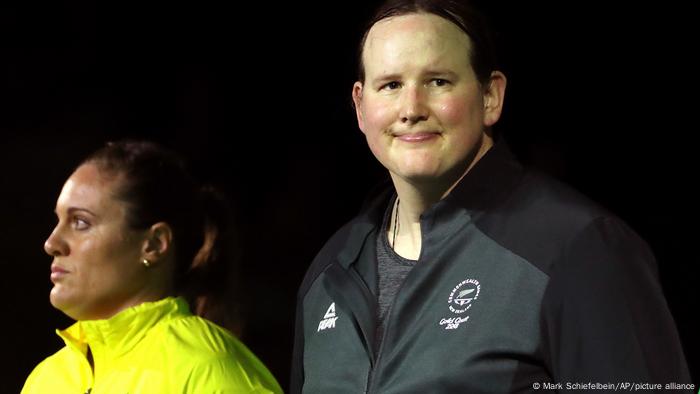
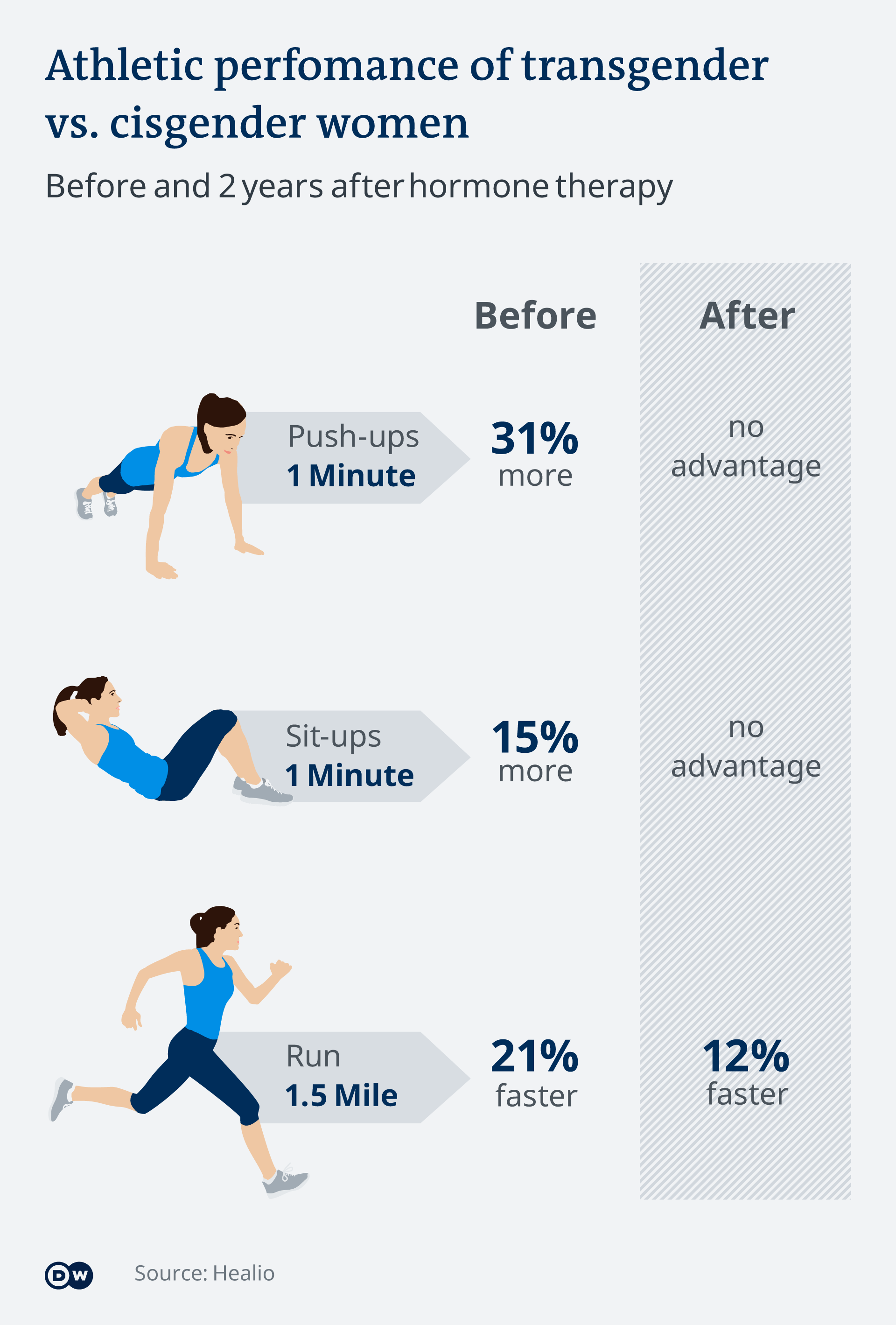
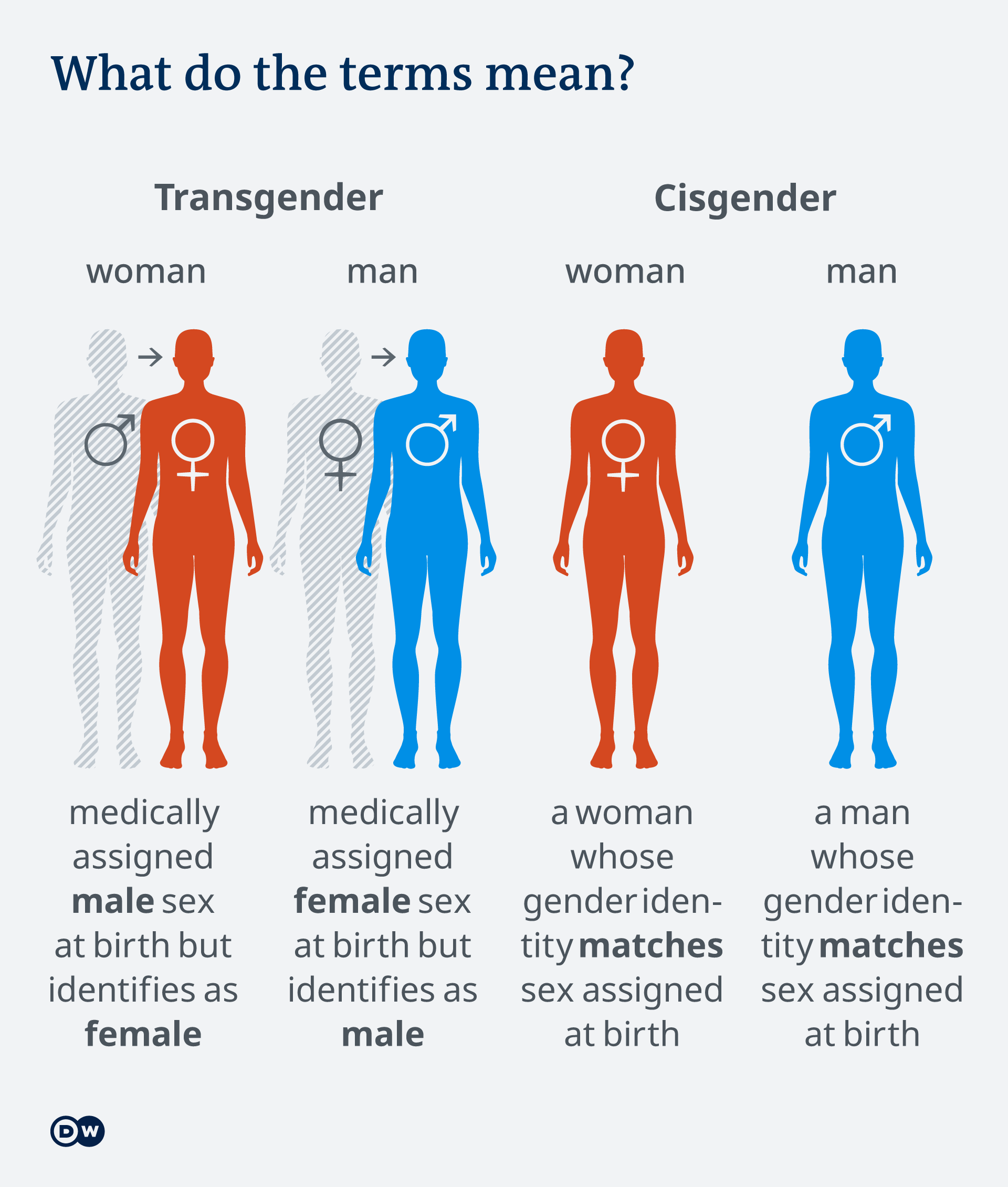
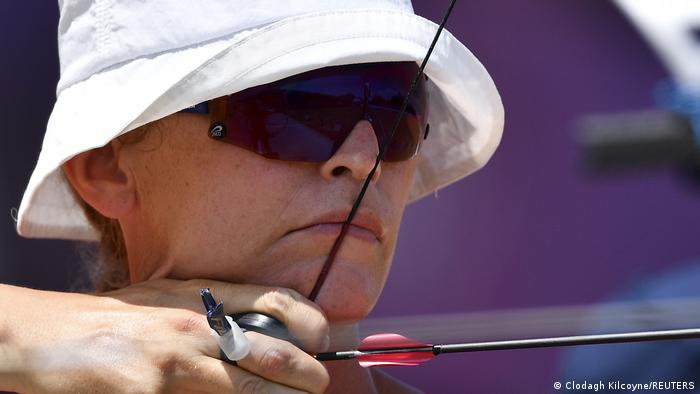

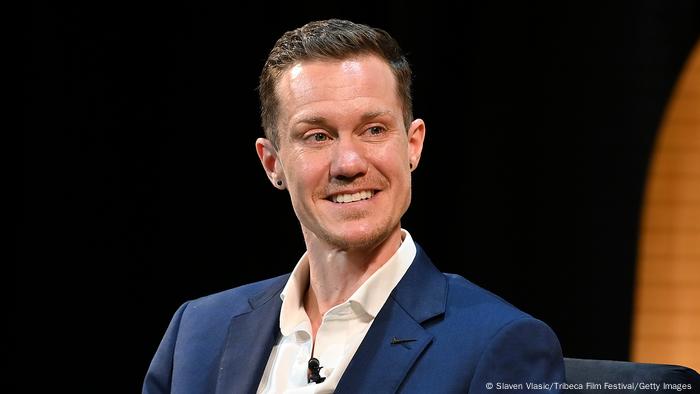





:quality(70):focal(1139x1712:1149x1722)/cloudfront-eu-central-1.images.arcpublishing.com/thenational/R5237EUSU7VLOYZIBHM4EOKBJY.jpg)
:quality(70)/cloudfront-eu-central-1.images.arcpublishing.com/thenational/J7RS2VFK3OUCHRIQ6K6JONLIWE.jpg)
:quality(70)/cloudfront-eu-central-1.images.arcpublishing.com/thenational/25KC4AEAJ3BYTXQSME2JEOKSXM.jpg)
:quality(70)/cloudfront-eu-central-1.images.arcpublishing.com/thenational/NOW4UI6TCM7NFTDQYUYMOMHWOE.jpg)

